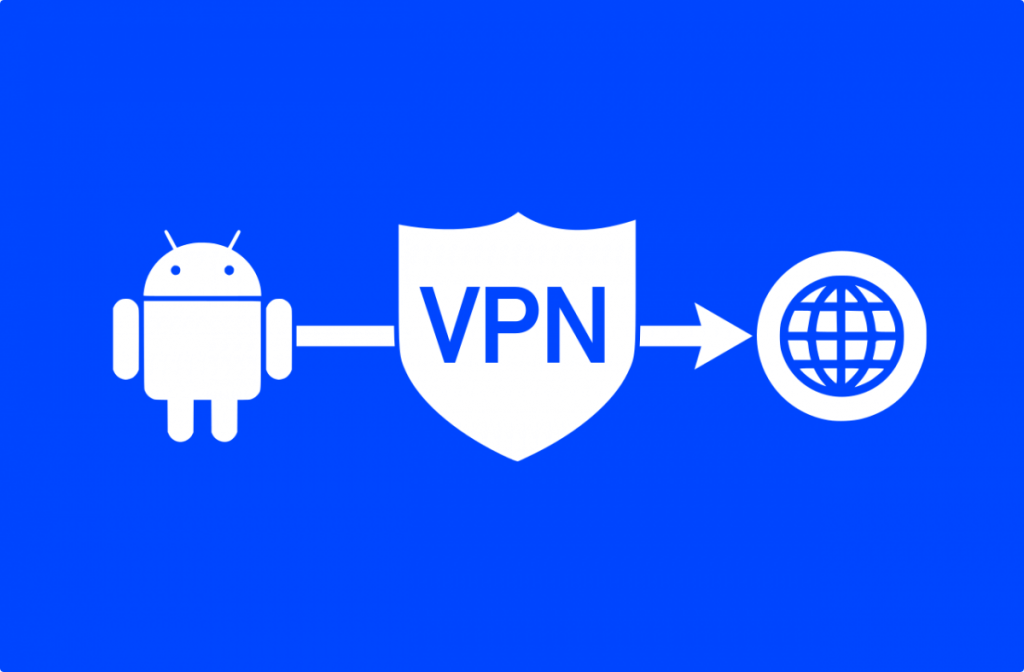What is Internet Protocol?

IP stands for Internet Protocol and this IP address comes with each computer launched to the network to ensure a high-quality connection. The IP address consists of a set of numbers. These numbers change from time to time, so the IP address of our computer is never the same. This depends upon the activity we do when we surf the web, the steps we undertake to find the information that we need. The device we use for this purpose, the location regardless of these nuances, it is an IP address of our computer that is responsible for the data access and the availability of the Internet in general. As we probably, know, this address is assigned to any laptop or personal computer launched to the global network by the home Internet provider. Internet Protocol addresses occasionally changes even if we use the web at home and even if we do not go anywhere. When we connect to another network, our computer will automatically get another Internet Protocol address. This will repeat over and over again unless we get disconnected from the network.

How to find IP address in your PC?
One should open the Windows Start menu and right-click My Network Places. Then we have to Click Properties and there appears a Network Connections screen. The next step is to Double-click on Wireless Network Connection or Local Area Connection for wired connections. At last, we have to open the Support tab and click Details then the IP address will appear now. We can find out our IP address by searching as what is my ip in search engine.
The IP addresses are 32 bits long and are separated into two parts: one part defines the zone and the other part defines the host itself. Once the IP addresses are defined the gateways can use these addresses to forward the packets between the gateways until they arrive at the destination. When the data travel between different zones they must first go to the gateways to be forwarded. Many protocols can be used to forward the packet based on the IP addresses but they all share the same function and each packet may be forwarded to multiple ports but protocol chooses the best port. This process is repeated on each router while the packet is on its way to the destination.
